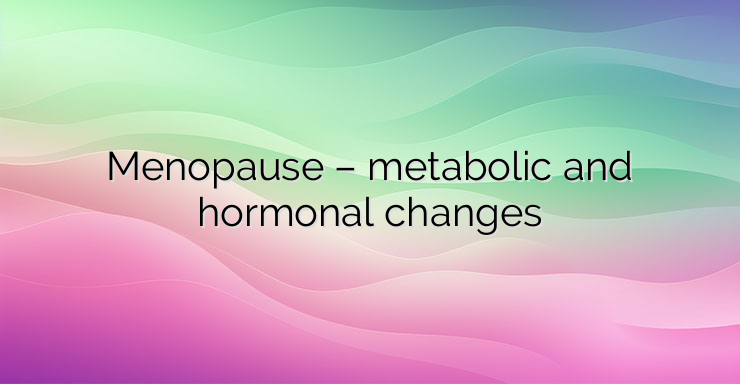There is a direct link between lower estrogen levels during pre-menopause and menopause itself and the development of osteoporosis. Early menopause – before the age of 45, and any prolonged periods when hormone levels are low and periods are absent or irregular – can cause bone loss. Osteoporosis is defined as a “silent disease” because initially bone loss occurs without symptoms. Patients may not know they have osteoporosis until bone involvement becomes so significant that a sudden strain, impact, or fall can cause a fracture of a vertebra or long bones. The disturbed structure of the vertebrae in a more advanced stage can manifest itself with severe back pain, a decrease in height, a change in the posture of the back and spinal deformities. During menopause, various changes in the hormonal balance are observed. The most significant is the decrease in serum concentrations of circulating estrogen, which leads to some physiological changes such as genital atrophy and loss of bone density. These changes are promoted by a significant decrease in the levels of estradiol – E2 and estrone – E1. Estrone continues to be produced by peripheral aromatization while the levels of estradiol produced by the ovaries decline. However, the ovaries continue to produce androstenedione and testosterone. This, together with a decrease in the levels of sex hormone-binding globulin – SHBG, leads to higher levels of free androgens – male sex hormones. Decreased serum concentrations of this globulin are associated with a higher prevalence of type 2 diabetes and cardiovascular disease in postmenopausal women. Low levels of SHBG and increased central adiposity are risk factors for the development of metabolic diseases. In menopausal women, there is an increase in total cholesterol, which is due to an increase in the levels of “bad” LDL cholesterol. During menopause, levels of “good” HDL cholesterol also decrease. These changes lead to increased cardiovascular risk in postmenopausal women. An increase in total body weight is also observed during this period. It has been found that during menopause, weight increases by an average of 1 kilogram per year. This general increase in body weight has not been shown to be directly related to changes in hormonal balance, but it appears to be related to advancing age, which results in decreased energy expenditure. Menopause is associated with increased deposition of subcutaneous and visceral fat in the abdominal area. During the transition from premenopause to menopause, insomnia, weight gain and palpitations are observed. Other hypotheses point to changes in physical capacity and decreased ability to cope with stress as a leading risk factor for depression around menopause.From the first menstruation – menarche until the onset of menopause, there are regular monthly changes in the levels of the hormones estrogen and progesterone, which have a neuromodulating effect. During the transition to menopause, these hormonal changes acquire an irregular rhythm of manifestation and are characterized by increasingly long periods in which estrogen levels drop dramatically. Violation of the neuromodulatory effect of hormones increases the sensitivity and predisposition of patients to mood changes, anxiety and depressive episodes. The transition to menopause begins with changes in the function of the hypothalamic-pituitary-ovarian axis, which coincides with disturbances in the regularity of the menstrual cycle. However, hormonal imbalance may not lead to irregular periods for a long time. This explains why, in some cases, mood swings and the risk of depression are significant even before menstrual disturbances. Other characteristic symptoms are muscle pain and increased fatigue. Menopause also affects sexual desire and can lead to decreased libido, irritability, pain during intercourse and vaginal dryness. References: https://www.ncbi.nlm.nih.gov/pmc/articles/PMC8569454/ https://www.ncbi.nlm.nih.gov/pmc/articles/PMC8373626/


Leave a Reply